Woodland Planning for Dummies
skagit_goat_man_
16 years ago
Related Stories
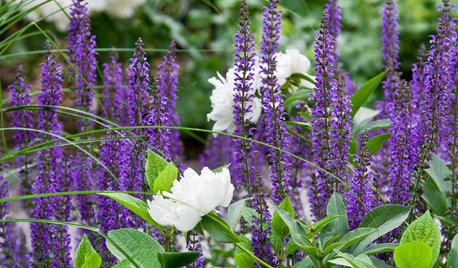
GARDENING AND LANDSCAPINGGarden Tour: Colorful, Serene Woodland Near Boston
Exuberant perennials, outdoor rooms and a surrounding woodland come together to create a beautiful landscape in Massachusetts
Full Story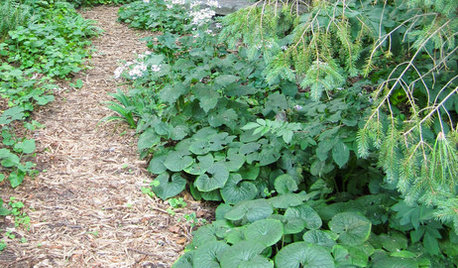
GROUND COVERSAsarum Canadense Adds Masses of Green to Woodland Gardens
Plant Canadian wild ginger in the eastern U.S. for a shade-loving native ground cover with spring flowers
Full Story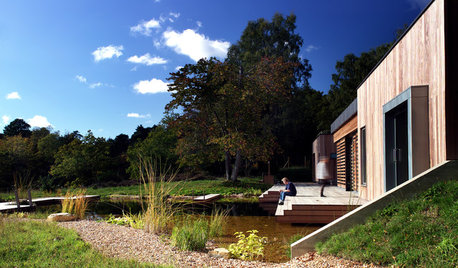
MODERN HOMESHouzz Tour: Nature and Efficiency Inspire a Woodland Home
This English design plays up simplicity, natural light and its spectacular forest setting
Full Story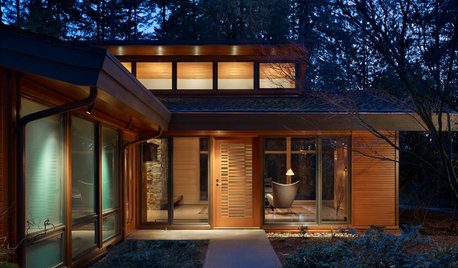
HOUZZ TOURSHouzz Tour: Transparency Guides a Woodland Home
A midcentury gem's renovation brings in the light and the woods while respecting the original architecture
Full Story
GARDENING GUIDESWhat Are Your Spring Gardening Plans?
Tearing out the lawn? Planting edibles? Starting from scratch? Tell us what you plan to change in your garden this year
Full Story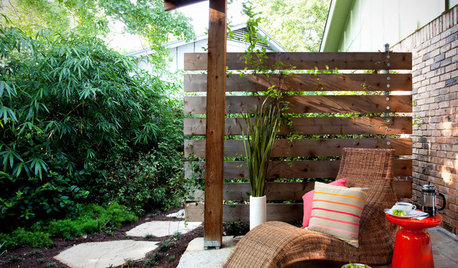
LANDSCAPE DESIGNThe Best Winter Garden Project? Plan for Next Year
Consider these 9 ideas now for a highly personal, truly enjoyable garden come spring
Full Story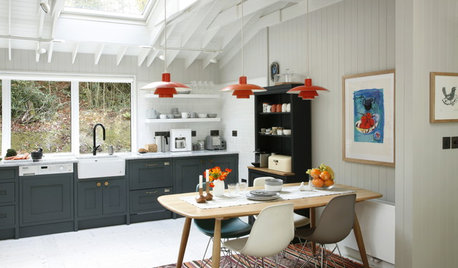
HOMES AROUND THE WORLDHouzz Tour: In Ireland, a Light and Airy Lakeside Cabin
Take a look inside this beautifully restored woodland cabin on the edge of an Irish lake
Full Story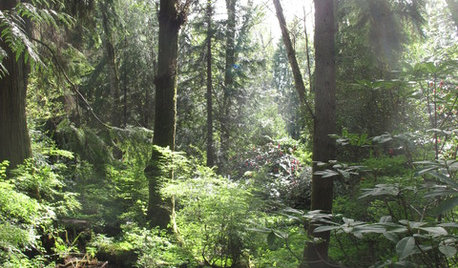
GARDENING AND LANDSCAPINGGarden Lessons from a Grand Northwest Reserve
Borrow classic landscape ideas from this Washington state treasure, a series of gardens as thoughtfully planned as they are spacious
Full Story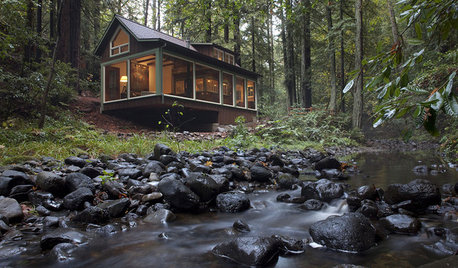
HOUZZ TOURSHouzz Tour: A Creekside Cabin Opens to the Views
With a modern addition featuring expansive windows, a rustic 1930s cabin opens its arms wider to its Northern California woodland setting
Full Story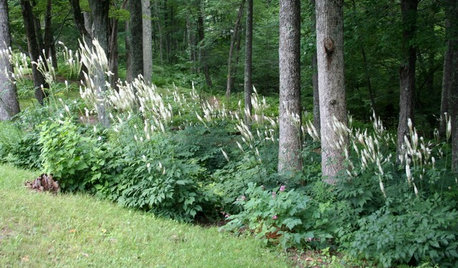
GARDENING GUIDESGreat Design Plant: Actaea Racemosa
Elegant flowers top black cohosh in summer woodland gardens
Full Story






skagit_goat_man_Original Author
ladyslppr
Related Professionals
Ashburn Landscape Architects & Landscape Designers · Zion Landscape Architects & Landscape Designers · Arlington Landscape Contractors · Chesapeake Ranch Estates Landscape Contractors · Fair Oaks Landscape Contractors · Fort Myers Landscape Contractors · Golden Landscape Contractors · New Cassel Landscape Contractors · Columbia Fence Contractors · El Segundo Fence Contractors · Irvine Fence Contractors · Simi Valley Fence Contractors · The Villages Fence Contractors · Largo Siding & Exteriors · Newington Siding & Exteriorsskagit_goat_man_Original Author
bob64
florey
maifleur01
skagit_goat_man_Original Author
maifleur01
florey
skagit_goat_man_Original Author
sib5
florey
skagit_goat_man_Original Author
tim_treenut
joepyeweed
buzzy